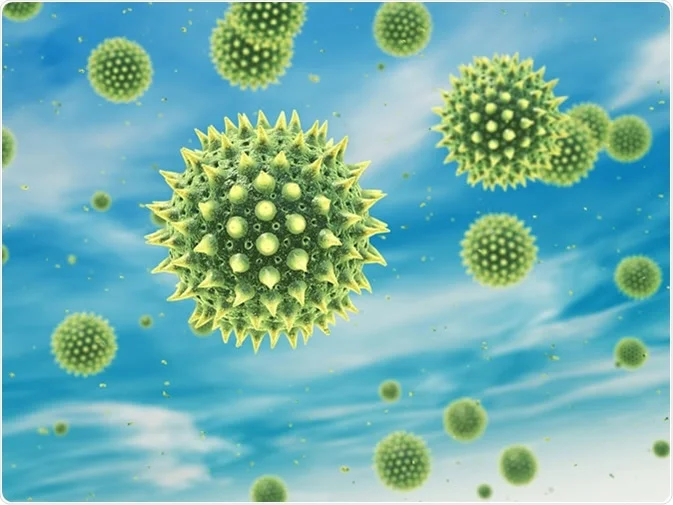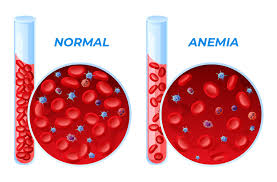Makar Sankranti, a festival celebrated with great fervor across India, marks the transition of the Sun into Capricorn (Makara) and the arrival of longer, warmer days. This auspicious day is deeply rooted in agricultural traditions, symbolizing the harvest season and the abundance of nature. Beyond its cultural and spiritual significance, Makar Sankranti also aligns beautifully with Ayurveda, emphasizing balance, rejuvenation, and well-being.
Seasonal Transition and Its Ayurvedic Relevance
In Ayurveda, Makar Sankranti falls during the transition from Hemanta Ritu (early winter) to Shishira Ritu (late winter). This period is critical as the body’s Agni (digestive fire) is at its peak, making it an ideal time to nourish and strengthen the body with nutrient-rich foods and rituals that promote vitality. Seasonal transitions are viewed as pivotal moments to recalibrate one’s health, cleanse the body of accumulated toxins, and fortify the immune system.
Traditional Foods of Makar Sankranti and Their Ayurvedic Benefits
The festival is synonymous with the preparation of traditional foods, which hold significant health benefits from an Ayurvedic perspective.
- Sesame Seeds (Til) and Jaggery (Gur):
- Significance: Sesame and jaggery ladoos are the quintessential treat of Makar Sankranti. The combination of these ingredients represents warmth, togetherness, and positivity.
- Ayurvedic Benefits:
- Sesame seeds: Rich in calcium, magnesium, and healthy fats, sesame seeds pacify Vata dosha, provide deep nourishment to the tissues (dhatus), and improve skin and hair health.
- Jaggery: A natural sweetener, jaggery enhances Agni, purifies the blood, and provides instant energy. It is a Sattvic food that promotes mental clarity and vitality.
- Khichdi:
- Significance: Eaten on Makar Sankranti, khichdi made of rice, lentils, and spices signifies simplicity and nourishment.
- Ayurvedic Benefits: Khichdi is a Tridosha-balancing meal. It is easy to digest, strengthens the digestive system, and acts as a gentle detoxifying agent.
- Ghee:
- Significance: Used generously in festival dishes, ghee is considered sacred and nourishing.
- Ayurvedic Benefits: Ghee lubricates the joints, enhances cognitive function, and is a Rasayana (rejuvenator) that supports longevity and vitality.
- Sugarcane and Milk:
- Significance: Often consumed in South Indian celebrations of the festival, sugarcane and milk signify abundance and prosperity.
- Ayurvedic Benefits: Sugarcane juice is cooling, hydrating, and balances Pitta dosha, while milk nourishes Ojas (vital essence) and supports immunity.
Rituals and Practices: Ayurvedic Perspective
- Sun Salutation (Surya Namaskar):
Makar Sankranti celebrates the Sun’s journey into the northern hemisphere. Ayurveda views the Sun as a symbol of Agni and vitality. Practicing Surya Namaskar during this period enhances circulation, strengthens the musculoskeletal system, and improves digestion. - Oil Bath (Abhyanga):
An essential winter ritual, oil massage using warm sesame or mustard oil helps pacify Vata dosha, improve skin health, and enhance circulation. It is often performed before taking a ritual bath on Makar Sankranti. - Flying Kites:
This playful tradition has a hidden health benefit. Spending time in sunlight provides a natural source of Vitamin D, essential for bone health and immunity during winter.
Ayurvedic Tips for Makar Sankranti
- Eat Warm and Nourishing Foods:
- Prioritize warm, cooked meals that are rich in healthy fats and spices like ginger, turmeric, and black pepper to enhance digestion and boost immunity.
- Engage in Sattvic Activities:
- Begin the day with prayers, meditation, and gratitude rituals to align your mind and body with positive energy.
- Detoxify and Rejuvenate:
- Incorporate detoxifying herbs like Triphala and Ashwagandha into your routine to cleanse and rejuvenate the body.
- Stay Active:
- Engage in physical activities like yoga or traditional games to keep the body warm and agile during the cold season.
Makar Sankranti: A Festival of Balance
Makar Sankranti is more than just a celebration of the harvest. It is an opportunity to reconnect with nature, align with the rhythms of the universe, and embrace Ayurvedic principles to promote holistic health. By incorporating traditional practices, seasonal foods, and mindful rituals, one can make this festival a time of physical, mental, and spiritual rejuvenation.
As you savor the sweetness of sesame-jaggery treats and bask in the sunlight of this auspicious day, remember the essence of Ayurveda: balance and harmony. Makar Sankranti is a reminder to cherish health, nurture relationships, and embrace the abundant gifts of nature.








